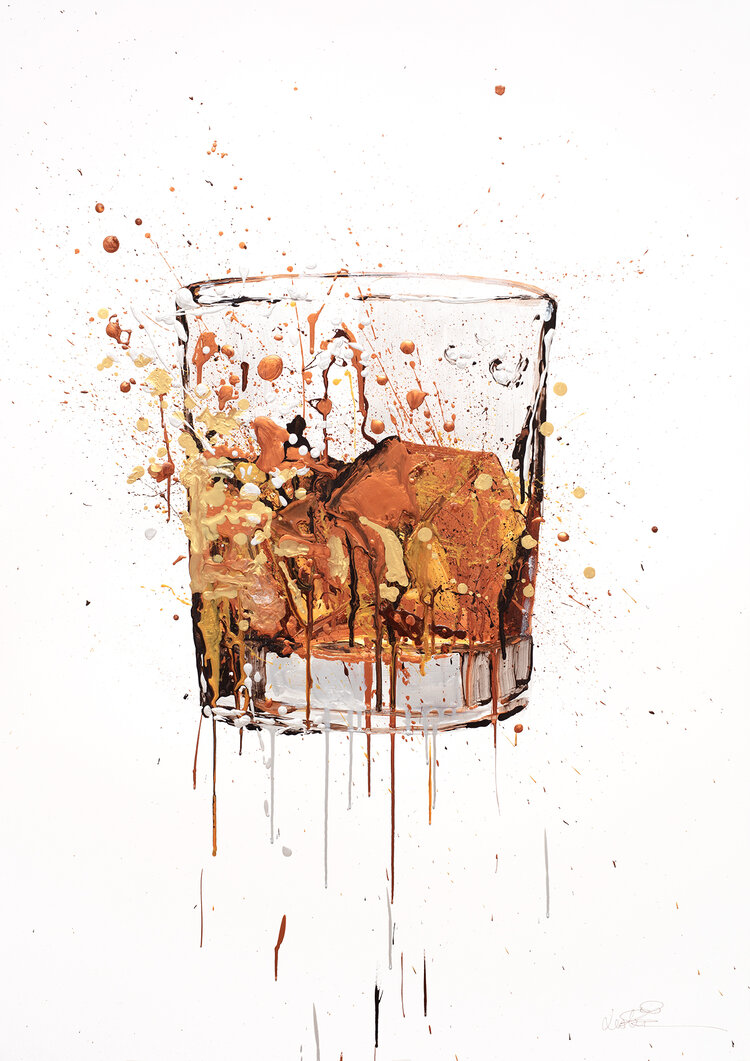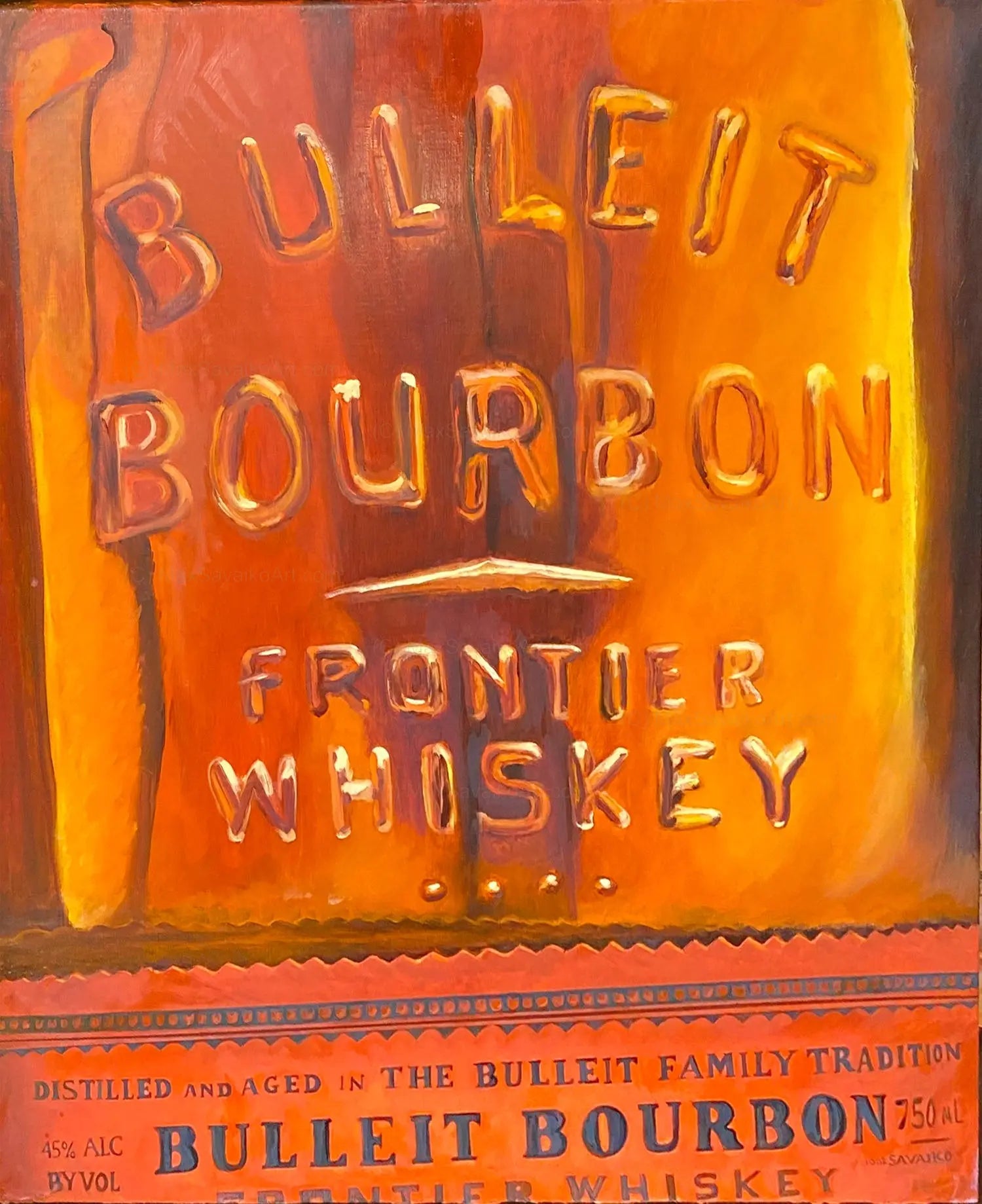Bourbon Art in Contemporary Society: Where Custom Meets Development
Bourbon Art in Contemporary Society: Where Custom Meets Development
Blog Article
The Significance of Whiskey Art in Celebrating Heritage and Craftsmanship in the Beverage Sector
The intricate connection in between bourbon art and the event of heritage and craftsmanship within the drink market can not be overstated. With thoughtfully developed containers and tags, bourbon brand names encapsulate their historical origins and the artisanal skills that specify their production techniques.
The Historic Origins of Whiskey
At the heart of whiskey's allure lies a rich tapestry of historical origins that trace back to old human beings. The origins of bourbon can be connected to the distillation methods of the Sumerians and Babylonians around 2000 BCE, where early types of fermented grain beverages began to arise. Nonetheless, it remained in the Center Ages that the art of distillation developed dramatically, particularly in Ireland and Scotland, bring about the production of whiskey as we understand it today.
The term "bourbon" itself acquires from the Gaelic word "uisce beatha," indicating "water of life." This expression highlights the social value of whiskey in Celtic cultures, where it was typically associated with rituals, parties, and public bonding. By the 15th century, purification came to be a recognized craft within reclusive neighborhoods, leading the way for the establishment of lawful distilleries.
As profession courses increased, scotch's appeal grew, going beyond regional limits and capturing the interest of lovers worldwide. Realism Art. This historical journey shows not just the workmanship behind bourbon manufacturing yet likewise its integral function in social and cultural contexts, marking it as a significant drink throughout history
Artistic Expression in Branding
Scotch branding stands as a compelling crossway of creativity and business, where visual identification plays a critical role fit customer understanding. The visual appeals of scotch labels, packaging, and advertising and marketing materials mirror not just the brand's story but also its core worths and heritage. Via creative expression, distilleries communicate a story that resonates with consumers, evoking emotions and stimulating links.
Making use of shade, typography, and imagery in branding serves to differentiate items in a saturated market. Typical concepts may stimulate a feeling of credibility and craftsmanship, while contemporary layouts can signify development and forward-thinking. This strategic artistic instructions boosts brand name recognition and loyalty, allowing customers to build a personal relationship with the whiskey they pick.
Additionally, imaginative expression in branding typically acts as an event of local heritage. Distilleries regularly incorporate neighborhood icons or historic references right into their layouts, producing a feeling of area that invites consumers to partake in a more comprehensive social experience. Eventually, the virtuosity behind whiskey branding not just enhances aesthetic charm but likewise enriches the overall story of the brand name, fostering a much deeper appreciation for the workmanship and heritage ingrained in each container.
Craftsmanship in Container Design
The virtuosity apparent in bourbon branding prolongs beyond aesthetic identification to encompass the workmanship included in container design. Each container acts as a vessel not just for the spirit within, yet additionally for the tale it tells about its practice, high quality, and origin. The layout procedure calls for meticulous focus to detail, as components such as closure, form, and product contribute considerably to the total perception of the bourbon.
Workmanship in container style includes picking high-quality glass that can enhance the scotch's color and clearness, while also providing a tactile experience for the consumer. The silhouette of the container need to be both practical and visually enticing, typically mirroring the heritage of the brand name. Many distilleries choose for unique forms or printed logo designs that evoke a sense of authenticity and background.
Moreover, the label layout and typography play a crucial duty in interacting the brand more helpful hints name's narrative. Limited Edition. A well-crafted container not only astounds the customer's eye however also strengthens the brand's dedication to top quality and tradition. In this means, the workmanship of container style becomes a vital element of the bourbon experience, merging artistry with a profound regard for heritage
Cultural Relevance of Scotch Art
Commemorating tradition and craftsmanship, the social relevance of whiskey art goes beyond mere aesthetics, linking with the historic and social stories of the areas where it stems. Each bottle acts as a canvas, portraying the distinct tales, this article mythology, and traditions that have actually shaped local whiskey-making methods. The complex designs frequently show the heritage of the distillers, integrating signs and concepts that resonate with the culture and values of their neighborhoods.

On top of that, whiskey art plays an important duty in public gatherings and parties, functioning as a tangible link between individuals and their shared experiences. By valuing the artistry in whiskey packaging, customers cultivate a much deeper understanding and respect for the craft, inevitably improving their pleasure of the beverage itself.
Modern Trends in Scotch Discussion
In recent years, the presentation of scotch has actually progressed to reflect contemporary tastes and fads while still recognizing traditional workmanship - Whiskey Art. Distilleries are increasingly focusing on aesthetic components that enhance the total drinking experience, bridging the space between heritage and modernity
Innovative bottle styles have emerged, often including lasting click for more products and creative tags that tell engaging tales. Lots of brand names currently work together with neighborhood artists, instilling their items with one-of-a-kind aesthetic expressions that resonate with consumers. In addition, limited-edition releases are frequently packaged in collectible containers, adding value and appeal for lovers.

Conclusion
To conclude, bourbon art acts as a vital conduit for expressing the heritage and workmanship intrinsic in the beverage sector. Via complex branding, cutting-edge bottle layouts, and culturally substantial imaginative aspects, bourbon brands effectively honor their practices and get in touch with customers. This imaginative story not only boosts the recognition of bourbon however likewise reinforces neighborhood identity and satisfaction amongst manufacturers. Inevitably, whiskey art plays a crucial role in preserving and celebrating the abundant social tapestry of whiskey-making.


Craftsmanship in container layout involves choosing high-grade glass that can boost the bourbon's shade and clearness, while also offering a responsive experience for the consumer. In this means, the craftsmanship of container layout becomes a crucial element of the scotch experience, combining virtuosity with a profound regard for heritage.
In verdict, bourbon art serves as an essential avenue for sharing the heritage and workmanship integral in the beverage market.
Report this page